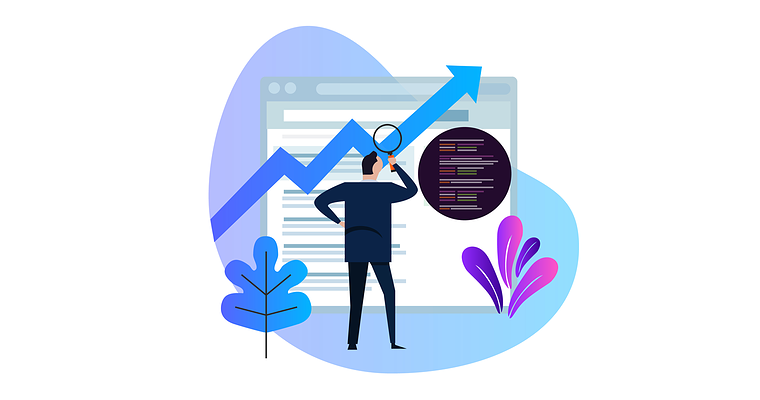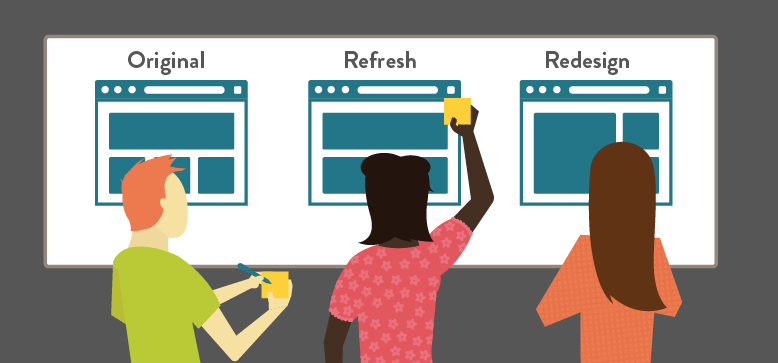Homepages are unique to any website. They serve as both an online reception area and as a navigational hub for visitors wanting to find information about your company, its products and services. The key to getting more traffic, however, is improving how your homepage ranks in search engine results and here, we’ll explain how you can do this.
Distilling your USP
When ranking your homepage, search engines will use its content to understand what the page is about. Unlike other pages that can talk specifics about your products and services, the homepage’s job is to distil what is unique about your business and put it in a nutshell. This means making your unique selling point (USP) the central theme of your homepage. Although you should include information about your products and services, with links to them, promoting your USP is the homepage’s most vital task.
Getting the USP right takes some work, It has to define not just what makes your business unique’ but why it is the best choice for your customers. Don’t just tell them you are an independent financial advisor or a local estate agent, tell them the benefits of being independent or local.
Essentially, a good USP is like a mini blog post. It should succinctly show that you understand the customers’ problems and explain how your company is best placed to solve them.
Getting your keywords right

With the homepage being the navigation hub of a website, many believe it needs to contain the keywords for all their products and services. Some will even list everything they sell or offer in an attempt to do that. Overdoing this, however, can be misguided and backfire.
Every page on a website should have a focus keyword and no two pages should use the same one. If you have a landing page for selling shoes, for example, you don’t really want your homepage competing with this page. Though there is value in mentioning shoes on your homepage if they are one of your main products, multiple keywords relating to shoes should, ideally, be reserved for the shoe page.
Indeed, if a homepage is little more than a list of products and services, it doesn’t necessarily come across as useful to your customers. Search engines today are sophisticated enough to understand this. Instead, they are looking for user-friendly information about your USP and what visitors can find on the rest of the site, including your main products and services. Any keywords used should be within the headings and text and primarily for the benefit of the visitor, not the search engines.
A company visitors can trust

If search engines direct users to the websites of untrustworthy businesses, people will stop using them. To avoid this, search engines go beyond filtering out the dodgy websites of scammers and cybercriminals. Today, their algorithms analyse a wide range of trust factors to determine whether your site and your business should be listed in results.
On a technical level, they will look to see if your site has an SSL certificate, reliable hosting, quick loading and response times and a lack of broken links and 404 error pages. They will even analyse the links you point customers to, in order to make sure you don’t send them on to other untrustworthy sites.
They will also look at other information, such as user reviews and star ratings. Indeed, one of the reasons they have listing services like Google My Business is so they can verify the legitimacy of a business and gauge what the public think of it.
A homepage can also play a vital role in promoting the company’s and the website’s trustworthiness. Displaying company and VAT registration details, accreditations, qualifications, memberships of recognised organisations, customer testimonials and reviews, etc., help both the search engine and customer gain trust in you. The perfect place for these is on your homepage as this is the first page that visitors and search engines visit.
A homepage designed for the visitor

As mentioned earlier, the homepage is the navigational hub of the website and search engines will analyse how well it serves this purpose. Does it have clear information, helpfully organised with headings, images, easily readable text and links? Is it easy to navigate from the homepage using menus, search bars, category lists, etc.? Is it user-friendly on mobile devices and provide assistance for people with accessibility needs?
All these factors need to be considered when optimising your homepage.
Conclusion
To improve your homepage SEO, you need to provide what search engines want – and that is a focus on the user, not the search engines themselves. This means your homepage should display your USP, describe the main areas of the site and help people get there easily, and provide evidence of your trustworthiness. While you should place keywords where they are useful and needed, they should not be the focus of your homepage content.









